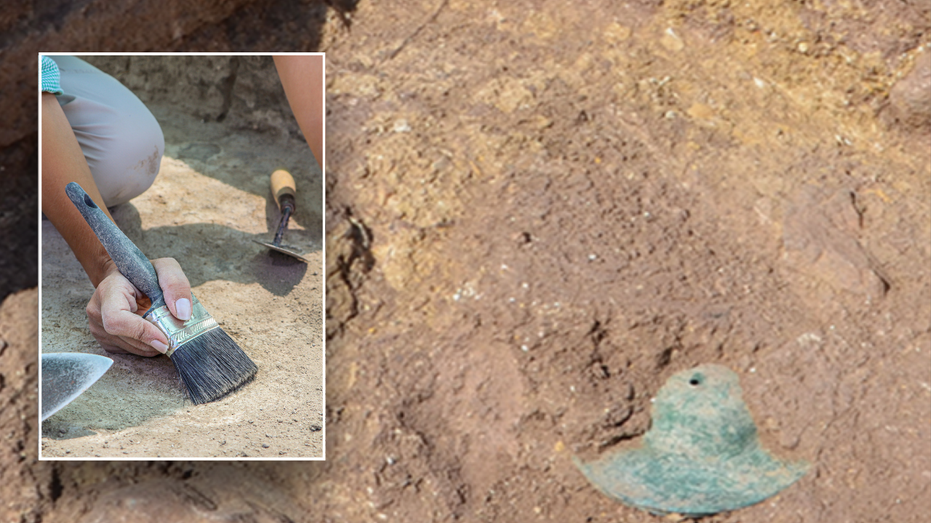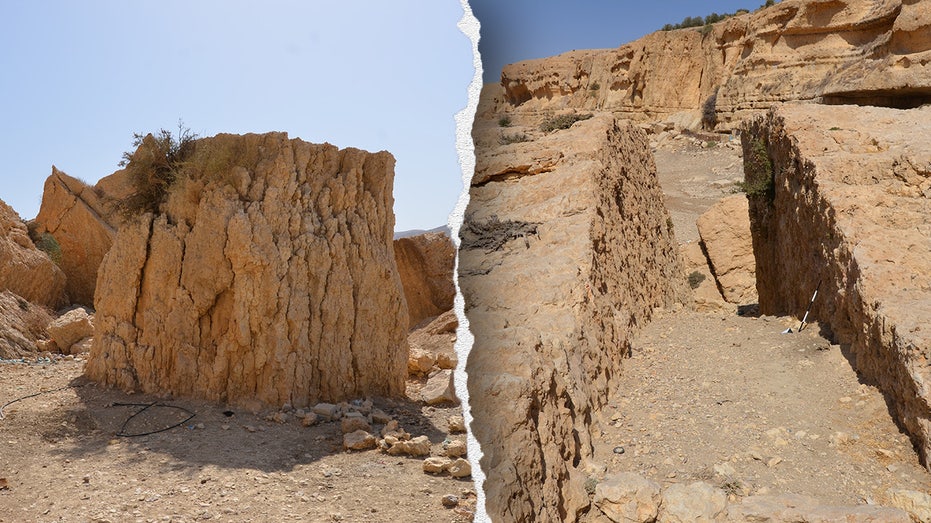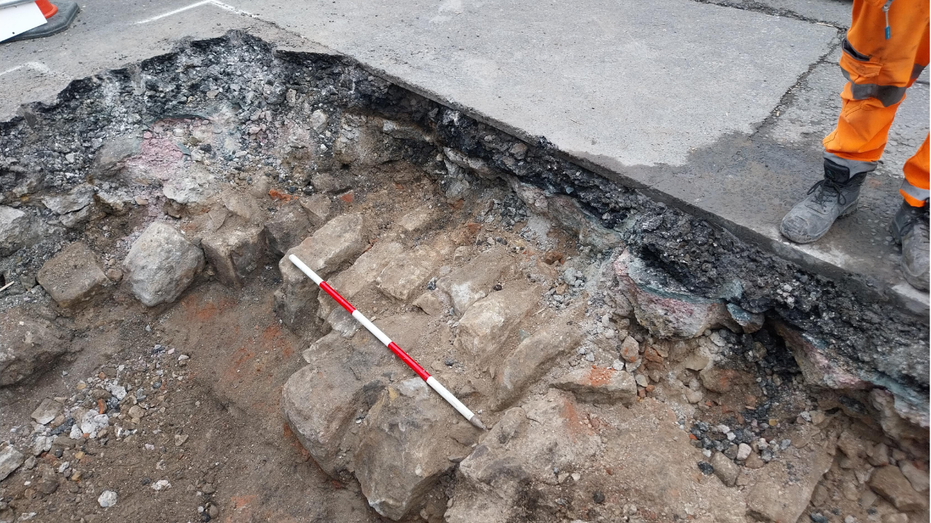4,000-Year-Old Bronze Age Cymbals Unearthed in Oman Leave Archaeologists Buzzing

Sarah Johnson
April 18, 2025
Brief
Archaeologists in Oman have discovered 4,000-year-old bronze cymbals at Dahwa, shedding light on ancient musical traditions, cultural exchanges, and Bronze Age rituals in the region.
Archaeologists in Oman have uncovered a pair of 4,000-year-old bronze cymbals, stirring up excitement and a few puzzled looks in the research community.
These ancient musical instruments, dating back to somewhere between 2200 B.C. and 2000 B.C., were discovered at Dahwa, a site on the southeastern edge of the Arabian Peninsula. When first found, the items appeared to be just a pair of mysterious discs, but further examination revealed their true rhythmic purpose.
Published in the journal Antiquity, the study describes the cymbals as identical in size, circular with an outer diameter of 138mm, and each featuring an embossed middle and a small central hole. Their walls are impressively thin, ranging from just 1.5 to 3mm. Remarkably, neither cymbal showed signs of surface damage, suggesting they were carefully placed together for their long rest underground.
Of course, 4,000 years of burial does leave a mark. The cymbals' surfaces are now tinged green from copper oxidation, and the pair were so corroded together that researchers had to carefully separate them, losing a couple of small fragments in the process for chemical analysis. Sometimes, even ancient percussionists can't escape a little drama with their gear.
Metal musical instruments from this period are exceptionally rare, with most ancient instruments having decomposed over time. These cymbals stand out as the earliest of their kind found in good archaeological contexts in Oman, raising new questions about musical traditions and cultural connections across the region. Their presence in Oman hints at influences from both Mesopotamia and the Indus Valley, where similar instruments have been found from the same era.
Lead researcher Khaled Douglas commented that these cymbals could challenge existing theories about the origins and spread of musical instruments in the Bronze Age Near East. Historians believe they were likely used in ritual settings, possibly during temple construction or ceremonies woven with music and dance—a detail that’s as evocative as it is mysterious.
Researchers are cautious about drawing firm conclusions, but the consistent link between cymbals and ritual activity across the wider Near East is hard to ignore. The discovery at Dahwa underscores the important role music played in both social and religious life, and hints at a vibrant cultural exchange humming along ancient trade routes.
Further research is planned to uncover exactly how these cymbals were played and what they meant to the people who crafted them. For now, these bronze discs are a reminder that even 4,000 years ago, people knew how to make some noise—and maybe, just maybe, they had a better sense of rhythm than some modern drummers.
Topics
Editor's Comments
I love how these ancient cymbals, buried for millennia, still manage to drum up new mysteries. It’s a wild thought that 4,000 years ago, someone might’ve been jamming out on these very discs—maybe even to celebrate a new temple or just to show off their bronze bling. If only we had a Bronze Age playlist to go with them!
Like this article? Share it with your friends!
If you find this article interesting, feel free to share it with your friends!
Thank you for your support! Sharing is the greatest encouragement for us.



